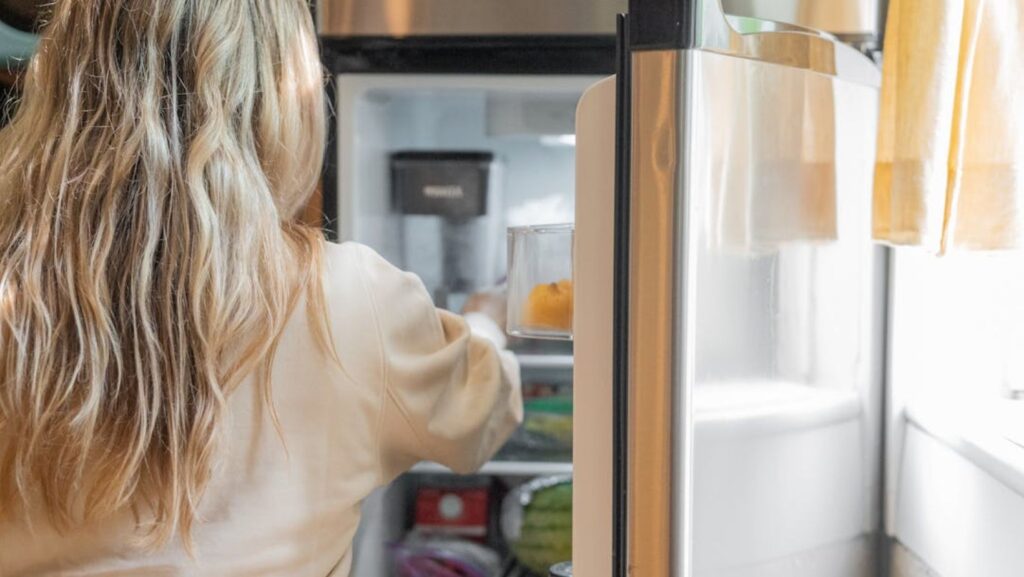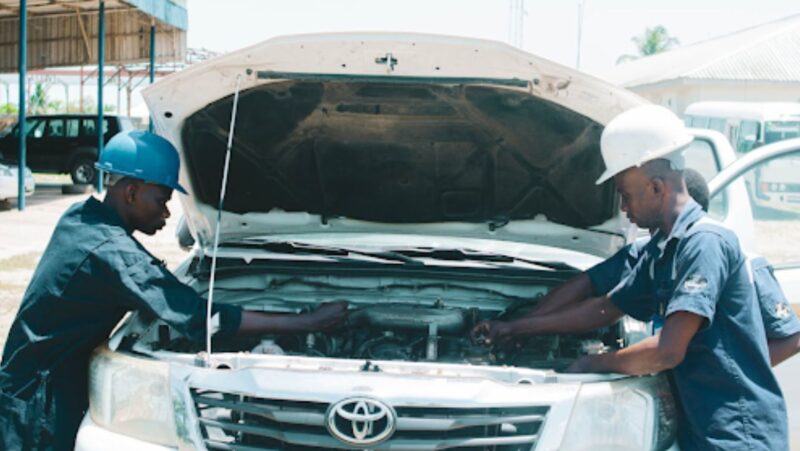
Often running a food business will mean walking on a tight rope between cost increases and thin margins. Most people pay attention to labor and ingredients most of the time. The equipment that powers your kitchen can quietly make or break your bottom line, from refrigeration to cooking appliances.
Some mistakes made during installation, maintenance, or use often mean higher bills and unexpected breakdowns when one underestimates the value of the purchase. Usually, those mistakes would appear relatively minor, but they add up every year to thousands of dollars wasted in energy and repair costs. The following are some common equipment mistakes that will silently drain cash, and how best to fix them before they cost more.
- Oversizing Refrigeration Units
Many food businesses spend a fortune on refrigeration units that are far larger than they actually need. While it does seem nice to have extra space, oversized equipment is almost always inefficient in terms of energy use and has a higher utility bill and greater capital expense. That’s the cost of buying the cooling power that doesn’t have a similar storage demand, wasting money every month.
The correct way to do it is to match equipment capacity to your menu and turnover. For example, the kind of equipment that gives managers a great variety of commercial options in their search for different footprints, storage volumes, and energy usage, so that a final decision benefit comparison can be done, is the Turbo Air refrigeration systems. You won’t end up with an energy-guzzling unit draining cash unnecessarily.
- Neglecting Preventive Maintenance
Maintenance seems easy to delay as long as machines work correctly, but that can only allow emerging problems to worsen. Minor issues like clogged condenser coils, loose seals, or worn filters slowly cause inefficiencies, so energy increases while equipment deteriorates from its life expectancy.
Preventive maintenance pays for itself in life extension and less downtime for equipment. Managers can put together a regular checklist for inspection covering cleaning, lubrication, and a performance test. You can also partner with a reliable service provider that ensures regular professional attention to the equipment before minor problems become costly failures.
- Ignoring Airflow and Clearance
Space is unarguably an expensive commodity, but at least in a commercial kitchen, it is that last little penny that will hurt. Heavy-duty kitchen equipment does not belong too close to the walls or stuffed in tight little corners. Airflow is crucial to keep refrigerator motors from overheating and straining. Poor clearance not only strips down some usability but also tends to increase the occasions for breakdown, which adds unnecessary repair costs worth hundreds.
Fortunately, the fix is simple and free. An easy walk-through to check clearance and rearranging areas that are overcrowded can improve operations by leaps and bounds. Even allowing a few extra inches for a cushion around equipment can improve ventilation, reduce energy needs, and prevent unnecessary stress on vital components.
- Buying Non-Certified Gear
Equipment costs less, and almost always it offers a must-buy deal on discounted non-certified equipment. Unfortunately, these very cheap investments in the end mostly lead to headaches since unlicensed equipment does not comply with sanitation, safety, or energy efficiency standards. It means your business has a chance of being exposed to more typical bills, frequent failures, and even penalties during inspections.
When purchasing new equipment, consider all possible certifications, such as NSF, UL, or Energy Star. To use a certified product means that, irrespective of time, they will meet the standards necessary in today’s demand for in-battle commercial kitchens and meet legal standards without fail, to operate more efficiently over time. Initial cost is slightly more, but reliability and compliance in the long run save money in repairs and fines.
- Neglecting Warranty Coverage
Warranties likely tend to be forgotten once equipment has been procured, but these warranties can save businesses thousands of dollars in repair costs. Instead, too many owners are not able to correct some mistakes on warranty terms simply because repairs are done out of pocket. Lost in these benefits are expenses that should have been easily avoided if only good organization had been employed.

To leave this, warranties are to be stored in a digital or actual centralized file so that every time equipment is installed, the expiration dates would be logged on a calendar or a POS system to ensure every coverage is recorded. This simple step gives you leverage when equipment fails, making sure repair and replacement costs are minimized.
- Using Residential Units in Commercial Kitchens
Some business owners try to be smart and save bucks by using household appliances for their commercial kitchens. Although the first cost turns out to be lower, domestic appliances are made differently since they are not made for regular, heavy-duty applications in a restaurant or catering business.
Eventually, commercial-grade appliances turn out to be economical. These are developed for adherence to food safety regulations, efficiency, and robustness. It implies kitchens operate smoothly without catastrophic failures, as well as maintaining expensive replacements under control.
Endnote
One of the easiest ways to safeguard profit margins is to avoid mistakes concerning equipment in the food industry. By right-sizing units, keeping them well-maintained, and choosing certified commercial gear, organizations can reduce waste while increasing performance. A smart check early could spot hidden drains on cash and set up your kitchen for savings in the future.







